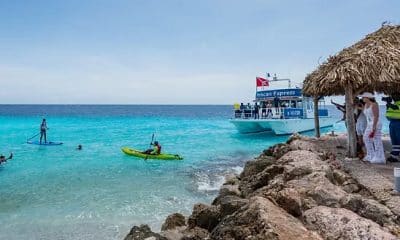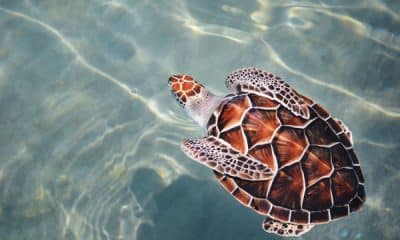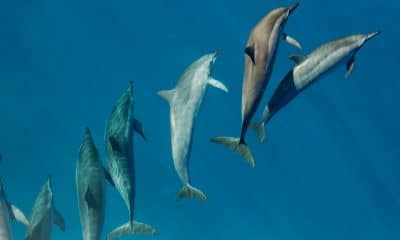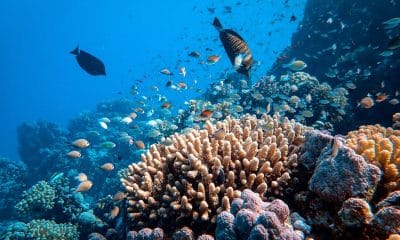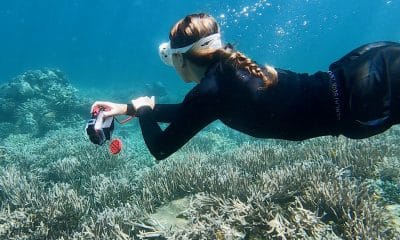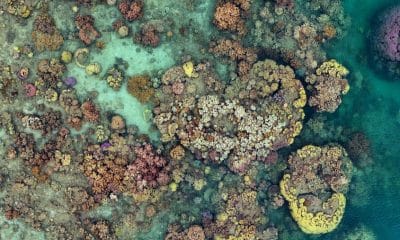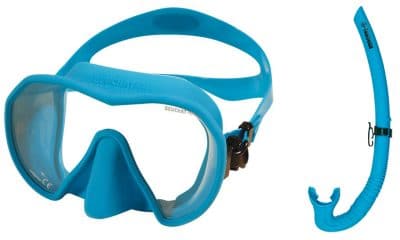Blogs
Five tips for getting the perfect over-under photo
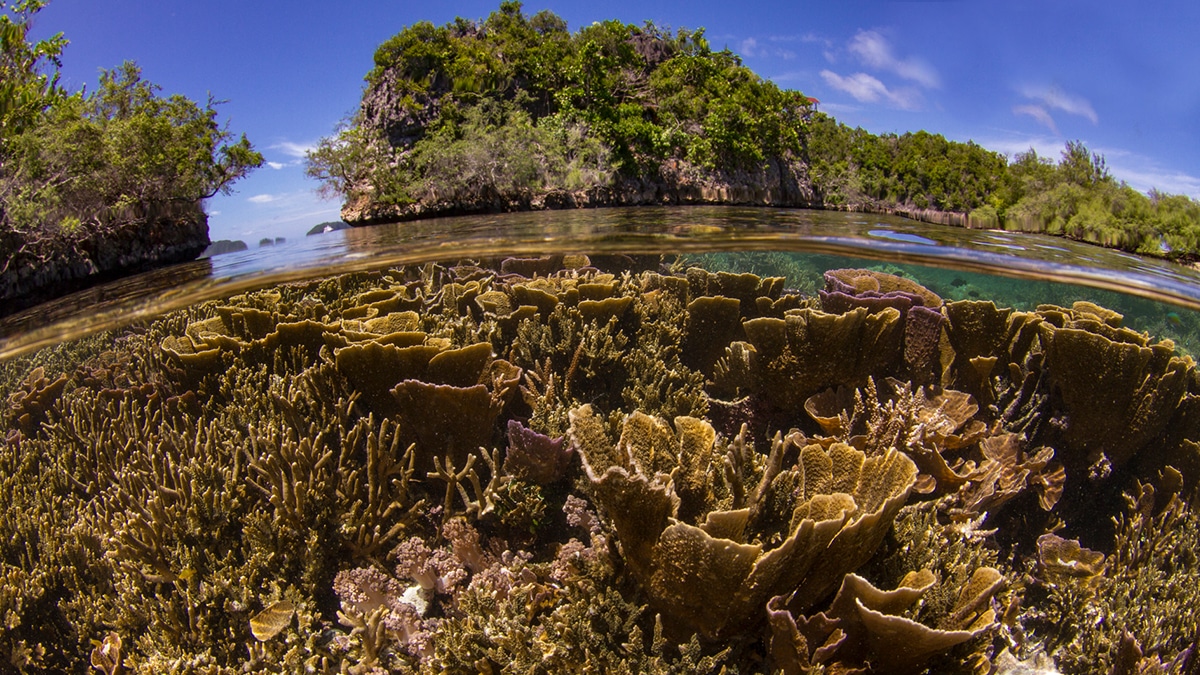
The over-under or split shot, where in a single image the photographer has managed to photograph something underwater while also capturing what’s happening above the water, is a real crowd pleaser. These types of photos look incredibly difficult to do, but actually they are quite simple if you follow a few simple steps.
5. Large Dome Port
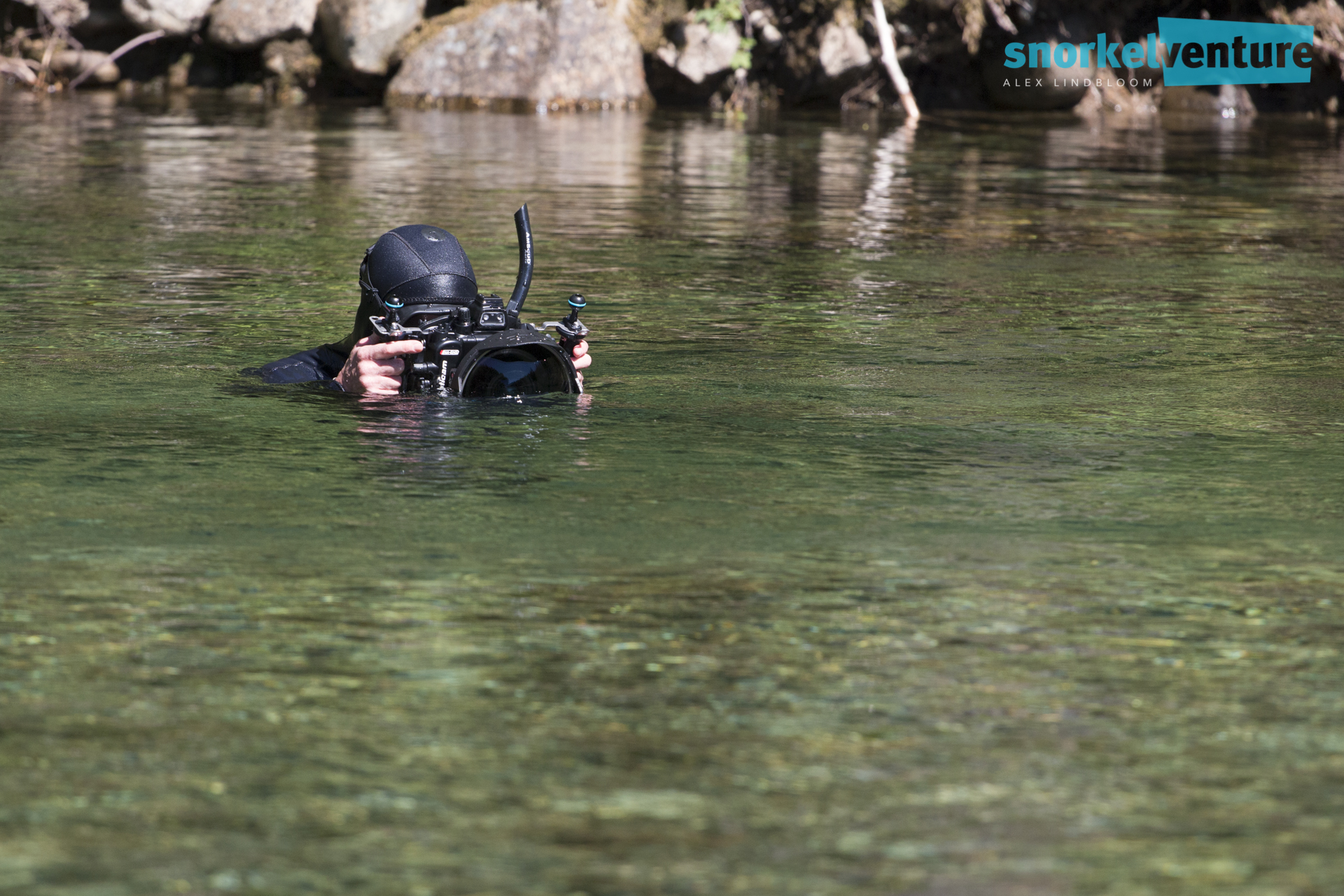
In order to capture what’s going on above and below the water we not only need a wide angle lens, but also a larger dome port to provide maximum surface area were we can really split that water line. If you are using a smaller compact camera where the lens surface areas is about an inch in diameter the chances of capturing a split shot are not very good. However, if are using a camera housing that allows for a larger dome port than you just need to follow the next steps.
4. Shallow Subject
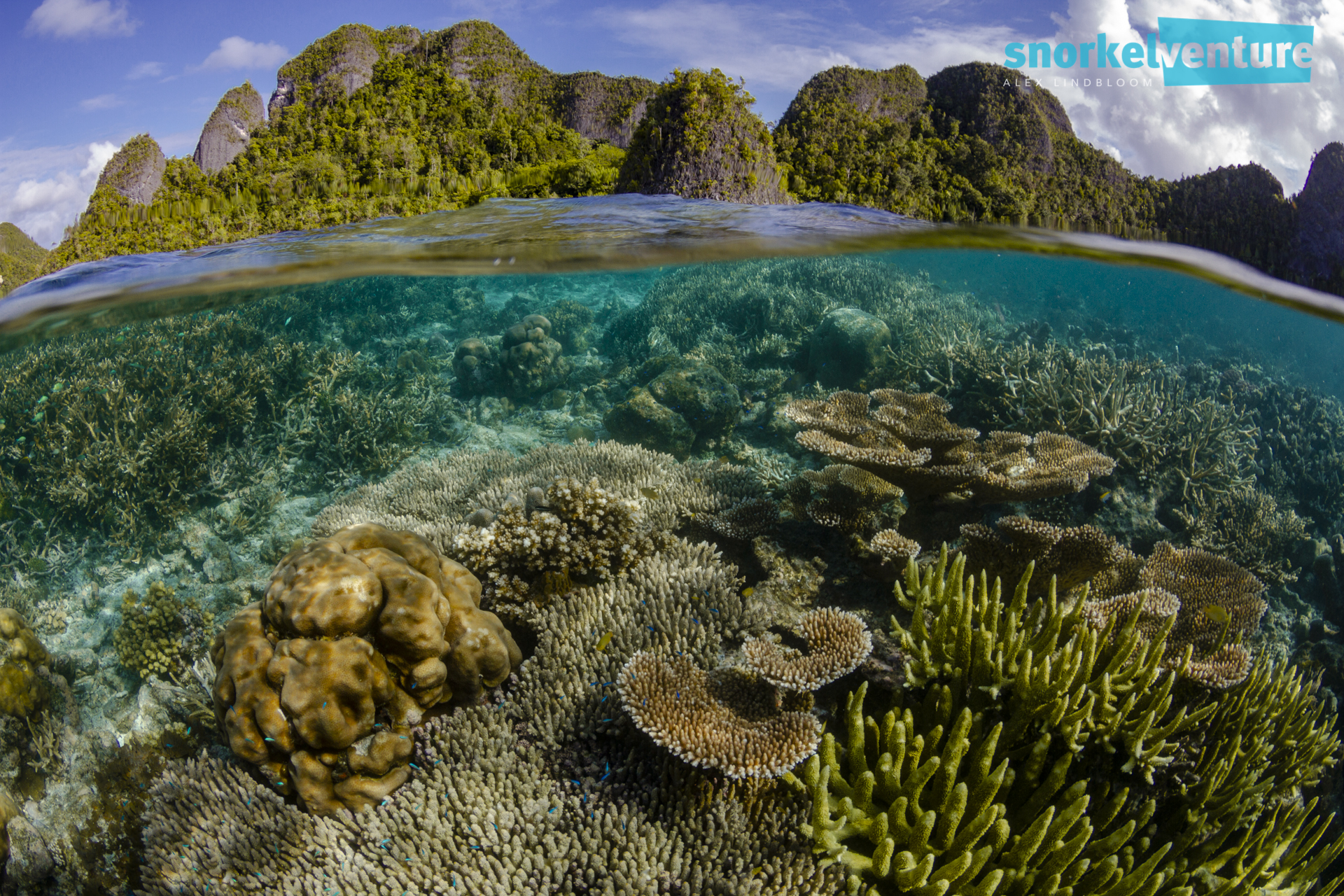
The best results will be when you have a subject in shallow shallow water, anywhere from a few inches in depth to a couple feet. Anything deeper than four feet or so makes it difficult to capture the subject in nice natural light to bring out the colors, but also make it difficult to include both the topside and underwater subject in the same frame.
3. Natural Light
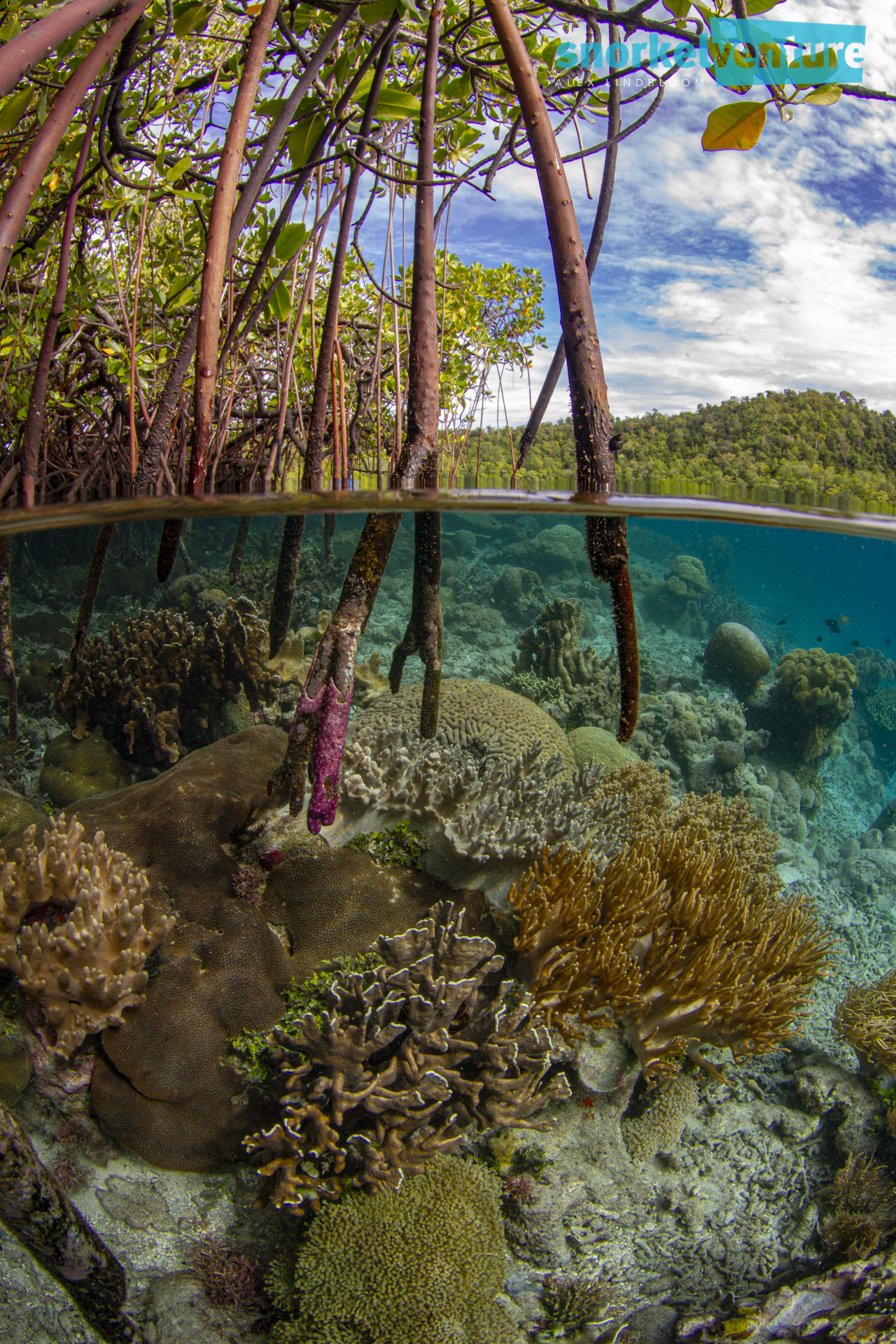
Light is key for this type of photo as we rapidly run short of light underwater, even in just a few feet. If we want to have balanced light throughout the photo where the topside and underwater subject share a similar exposure, we need a nice sunny day and also to remember to keep the sun behind us. If we start facing into the sun or shooting too early in the day or too late in the afternoon where the light is fading our exposure through the frame won’t match leaving us with a blown out landscape or a very dark underwater subject. Bright light in shallow water is best.
2. Water Line
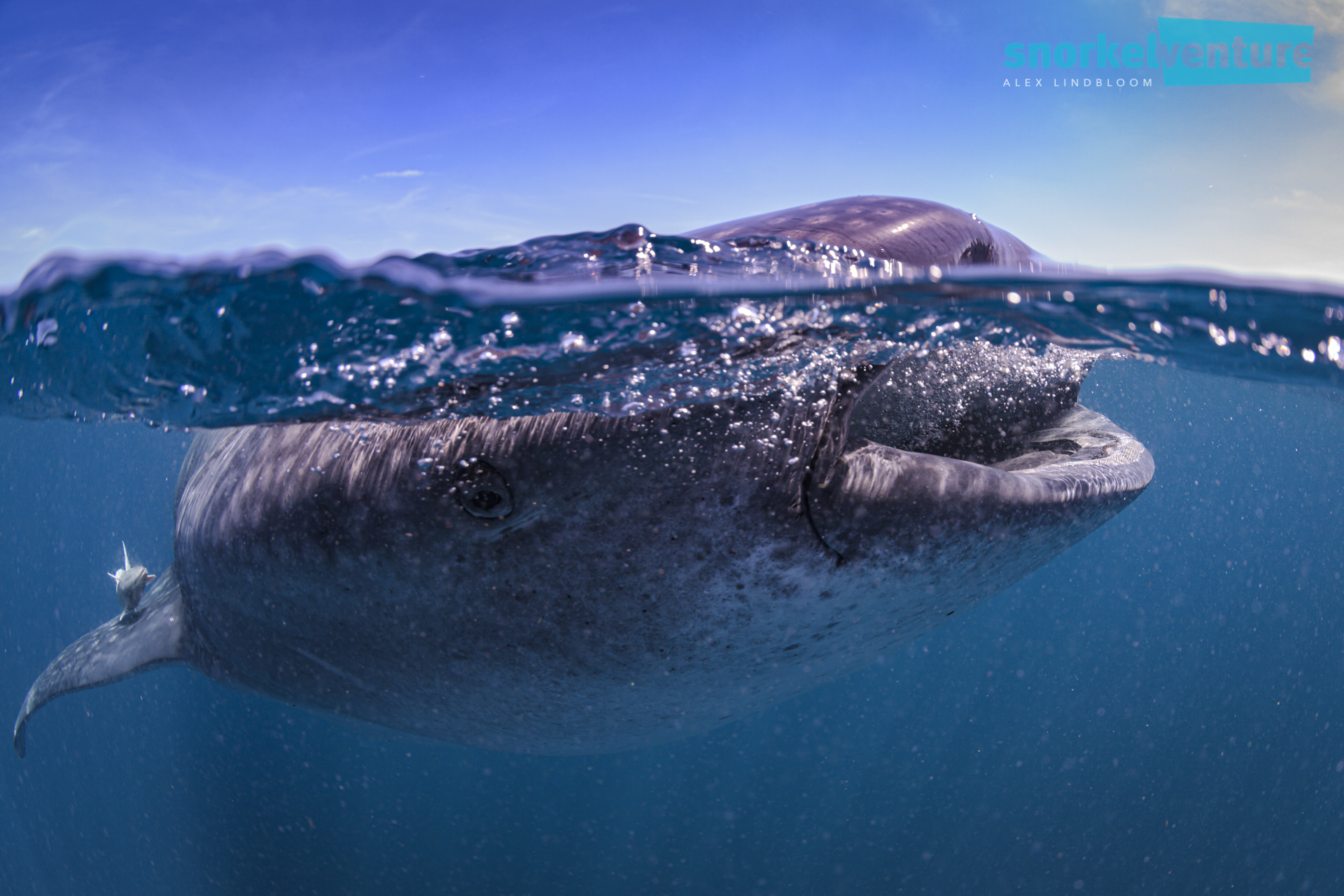
Aside from what you choose to include in the photos, getting the water line just right is one of the pieces of the image which will either make or break it. As the underwater subject will general be the stronger of the two subjects I try to favor it by giving it a bit more space in the frame. If you look at most over under shots you’ll see that roughly two-thirds of the frame are underwater, with the remaining third above water. Something else to consider with the water line is weather you want it to be a smooth water line or a bit wavy, a lot of this will depend on the surface conditions of course, but you can experiment a bit with this for some varied results of the same subjects. Also, something really important to note is that the longer you leave the lens/port out of the water, the more water droplets will form. For best results, have your camera submerged until you’re ready to take the shot (have the composition already planned in your head) and then quickly but smoothly bring it out of the water until you have the composition you intended, and click the shutter. This whole process should take not much longer than a couple seconds. The final thing I’d like to add is that a healthy amount of spit spread over the lens and then rinsed off will keep water droplets from building up on your drying port.
1. Subject Selection
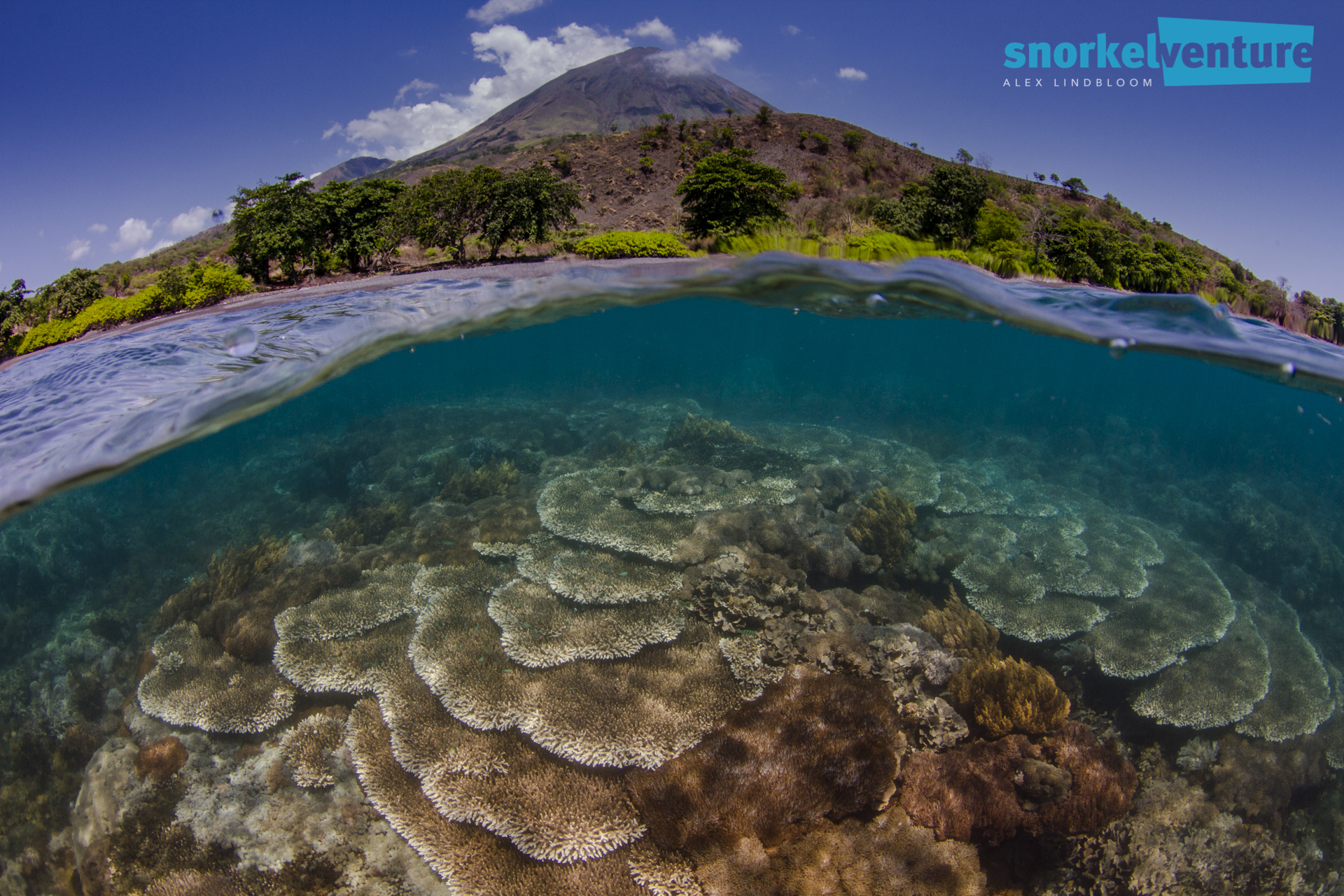
Subject selection is paramount here as we are now selecting two subjects which can be combined in a similar image. Many times I’ll find a fantastic shallow reefscape that would be ideal for including in a split shot, but then there’s nothing to include in the above portion. While I think it’s usually best to have both an interesting above water and underwater subject, there is a way to still get an interesting split shot with no above ground subject. If there is just nothing to include above the water, you can try to make an interesting water line by rocking the camera forward and back while still keeping it half submerged as I press the shutter. This way you’ll have a bit of blue sky and clouds, some turbulent water washing across the lens, and then a brilliant reefscape below.
 Find out more at www.snorkelventure.com.
Find out more at www.snorkelventure.com.Blogs
The Suit Ocean Team leads the Ultimate Curacao Snorkeling Adventure
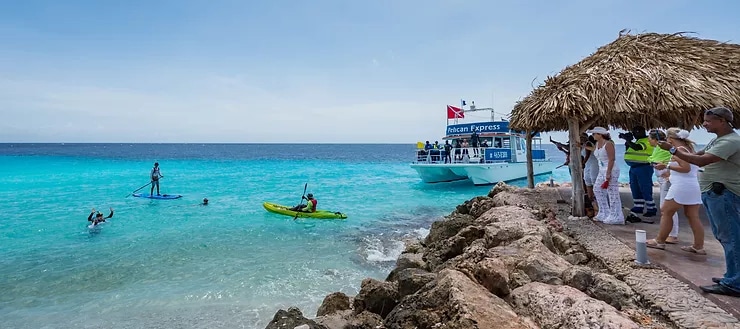
As passionate residents of our Dutch Caribbean Island, we must congratulate The Suit Ocean Team for creating more awareness about the importance of protecting our beautiful fringing reef systems in Curacao.
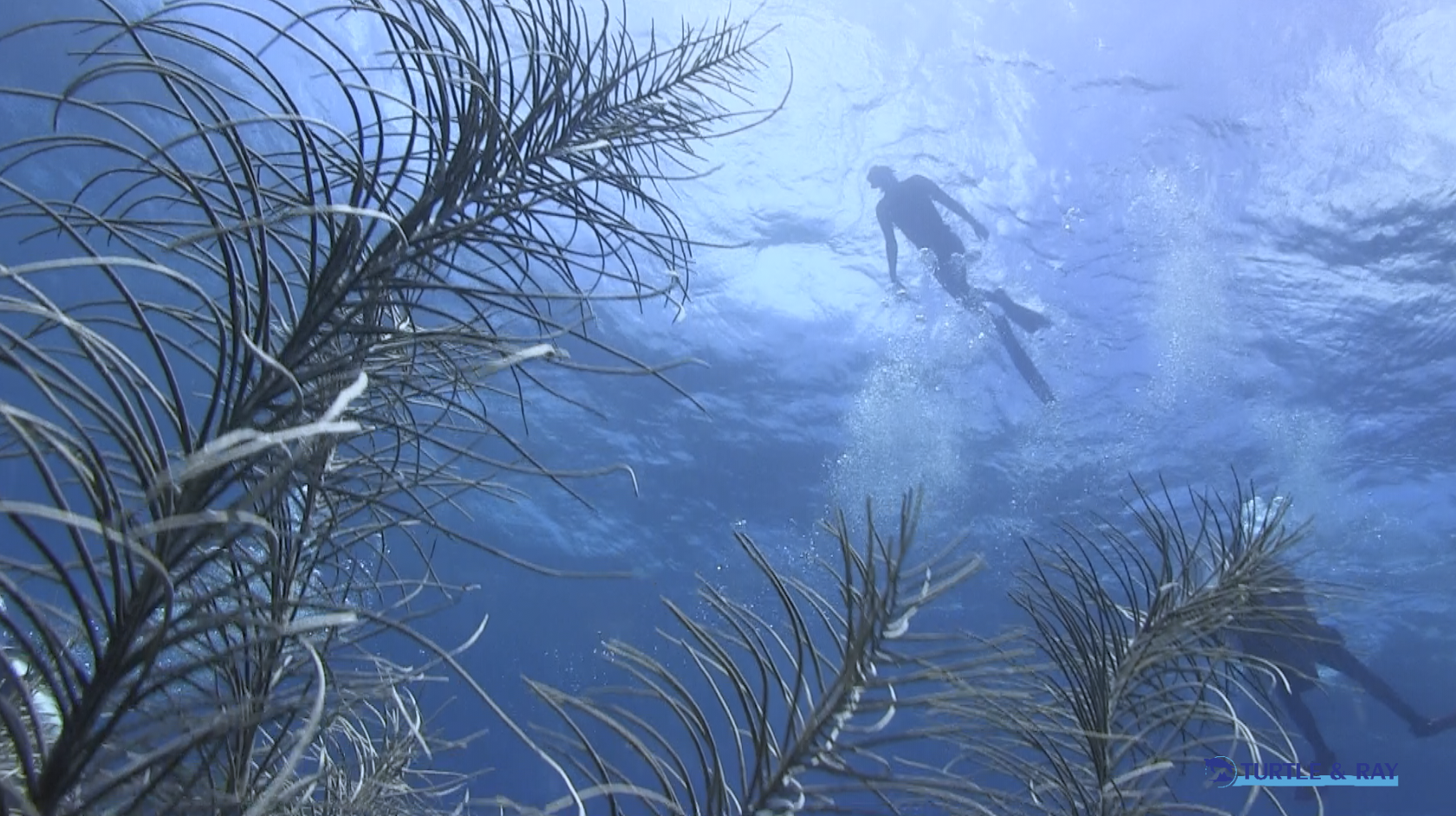
The film, Curacao Underwater Kunuku (Kunuku is Papiamento for Garden), not only documents this ultimate snorkeling adventure showing you how easy it is for everyone to access and enjoy a snorkel or diving experience, but it also showcases the interaction between man and nature, highlighting the beauty of underwater life while promoting conservation, preservation and the need to protect these vital habitats.
These are the key ingredients to this beautiful short film documentary. Watch NOW and please enjoy our “CURACAO UNDERWATER KUNUKU”.
This film, produced by the Lawrence Mensa Foundation (LMF), is also available in multiple languages including: Spanish, Papiamentu, Dutch, Portuguese and German.
Blogs
8 Unique Places to Go Snorkeling in Europe
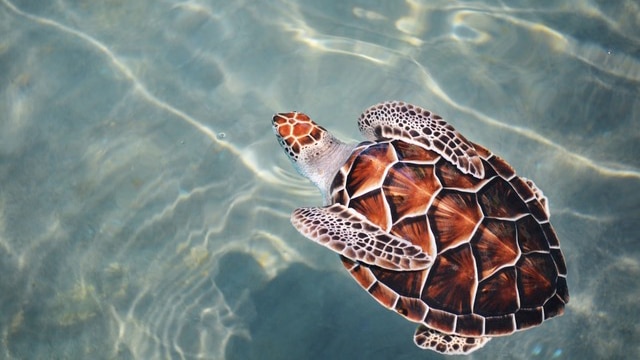
Snorkeling in Europe brings to mind golden sands dotted with beach umbrellas, clear waters, and rocky landscapes busy with Mediterranean fish life. Europe offers all of that, but it also offers so much more for snorkelers. Among Europe’s diverse countries, you can find impossibly bright blue lagoons, idyllic islands, and pristine marine reserves that host thousands of sea turtles and playful seals. You can snorkel over a sunken Roman city and explore one of the world’s premier marine megafauna hotspots. Ready for a summer vacation? Get inspired with our round-up of 8 unique places to go snorkeling in Europe.
Comino, Malta
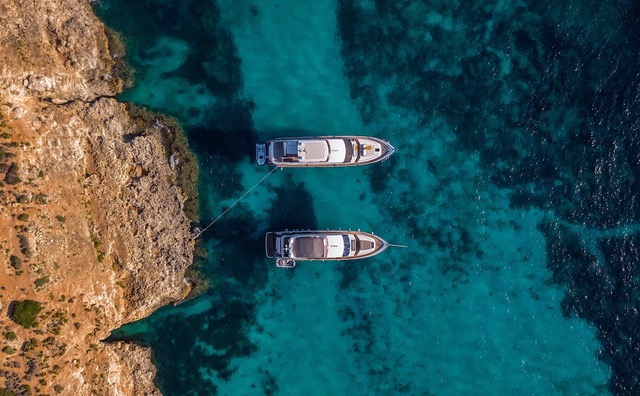
Sitting between the islands of Malta and Gozo, Comino Island is a paradise for snorkelers and divers alike. This tiny island hosts the brightest blue waters in the Maltese Islands and offers fantastic snorkeling among sheltered inlets and caves busy with diverse marine life.
Comino is best-known for hosting the Blue Lagoon; a bucket-list destination with crystal-clear waters and striking rocky landscapes. It is the perfect place to go snorkeling, take a hike, or simply marvel at the gorgeous scenery.
Medes Islands, Spain.
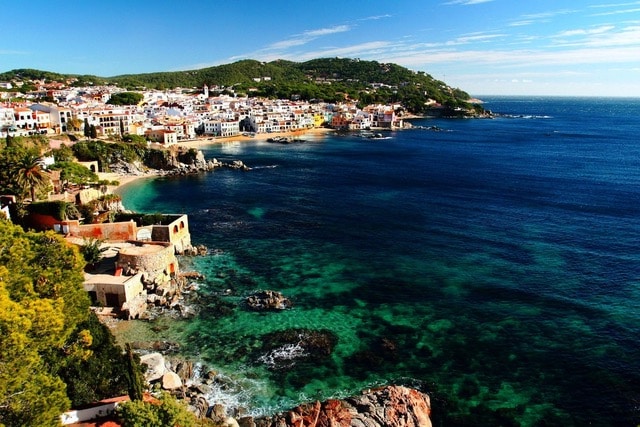
With over 500 dive sites and seaside destinations all along its coastline, Spain draws tourists from around the world. This vibrant country is one of Europe’s top vacation spots.
The Costa Brava in northeastern Spain is home to some of the most famous snorkeling spots in the country, one of which is the Medes Islands. This small archipelago of seven islets off L’Estartit is one of the best marine reserves in all of the Mediterranean.
Fishing was banned at the Medes Islands over 30 years ago, which has allowed marine life to flourish there. Seagrass meadows and rocky areas busy with fish await. A visit to this exceptional marine ecosystem is a must if you are visiting Spain.
Zakynthos, Greece.
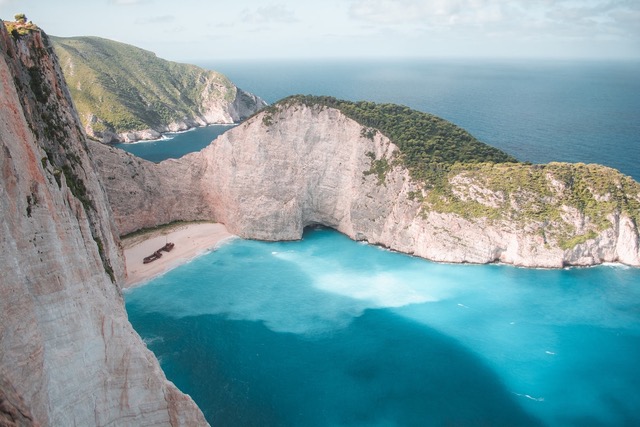
If you love sea turtles, Greece should be top of your list of places to go snorkeling in Europe.
Zakynthos is home to Marathonisi Island, also known as ‘Turtle Island’. This small island sits within the National Marine Park of Zakynthos and is a vital breeding ground for loggerhead sea turtles. The National Marine Park of Zakynthos was created in 1999 to protect these turtles, plus rare Mediterranean monk seals, which give birth to their young in Zakynthos’s secluded caves.
Marathonisi, nearby Cameo Island, and Zakynthos, are the top places in Europe to swim with turtles. In the summer months, thousands of loggerhead turtles visit the area to lay their eggs and you can go snorkeling with them.
Lundy Island, United Kingdom.
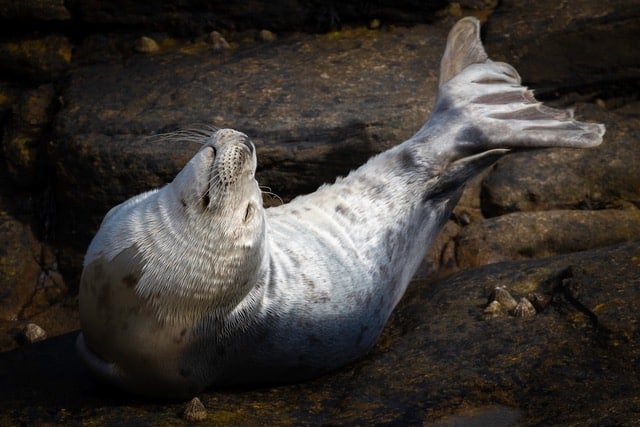
Snorkeling with seals is bound to leave a smile on your face. These cheeky animals are known for getting up close to snorkelers, checking them out, and occasionally nibbling fins.
Lundy Island is one of the best places to go snorkeling with seals in Europe. This island sits just 12 miles off the coast of Devon and hosts a breeding colony of Atlantic grey seals. The seals can be found playing in the surf and lounging in the sunshine at various points around the island.
Grab your snorkeling kit and dive in. Below the water, you will find shallow sunlit kelp forests, a variety of reefs, sea caves, and pinnacles. Lundy is a popular place for diving, but you will see plenty of marine life from the surface, including bright cup corals, anemones, fish, and hopefully seals.
Sunken City of Baiae, Italy
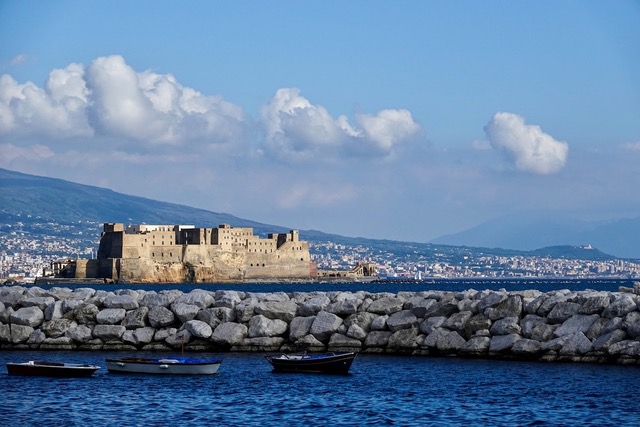
Not every great snorkeling experience is about marine life. In Italy, you can snorkel over ancient Roman ruins.
Two thousand years ago, Baiae was the destination for rich Romans to escape the city and relax by the seaside. Countless emperors and merchants flocked to Baiae’s shores every year, until tectonic activity forced this thriving city underwater.
Today, Baiae is an intact underwater city and one of the top highlights of snorkeling and diving in Italy. Observing these ruins is a breath-taking experience that brings history to life. There are Roman statues, a thermal spa, paved roads, and pillars dating back to the 1st century BC.
Corsica, France
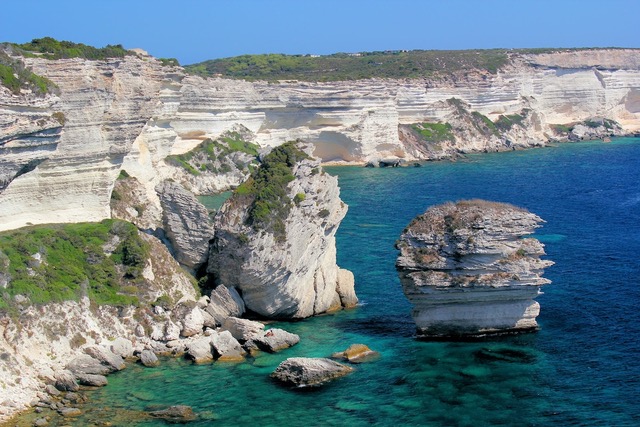
Corsica is renowned for its crystal-clear waters and shallow bays perfect for snorkeling with your kids.
This gorgeous island in the Mediterranean Sea boasts dramatic cliffs and white-sand beaches that hosts a wealth of accessible snorkeling spots. There are rich seagrass beds and rocky landscapes, plus small hidden coves dotted around the island. All of which host a diverse array of marine life, including huge schools of fish, octopi, moray eels, and starfish.
Corsica’s calm waters make it ideal not just for kids, but also for beginner snorkelers and those who want an easy time in the water. With water temperatures reaching up to 26 °C, plus water visibility of up to 30 meters, Corsica ticks the boxes for a laidback beach and snorkeling vacation.
Traun River, Austria
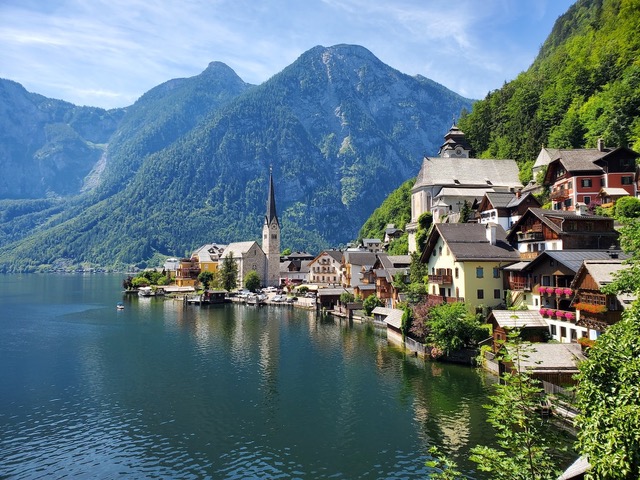
You might not think of Austria for snorkeling, but this land of iconic mountains and lush green landscapes has pristine lakes that attract divers and snorkelers every year. Away from the lakes, you can go snorkeling in spring-fed rivers that gleam in the sunshine.
Forget about floating on the surface when you go river snorkeling. At the Traun River in Upper Austria, river snorkeling involves rock jumping, canyoning, and some relaxed floating downstream. Along the way, you can explore interesting rock formations, underwater caves, and a waterfall, and meet freshwater fish life. This is also an excellent spot to go drift diving.
The Azores, Portugal
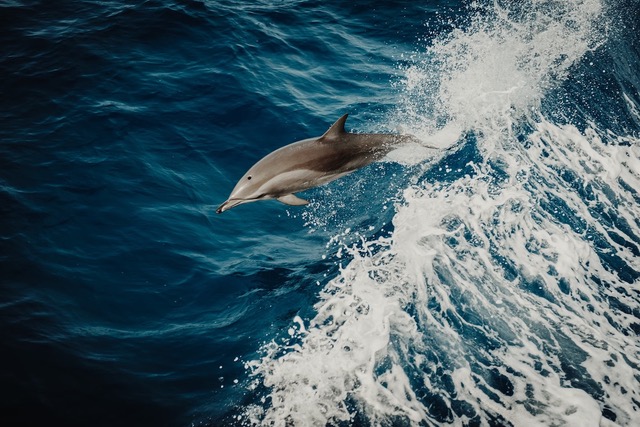
Sitting in the middle of the Atlantic Ocean and surrounded by endless blue waters, the Azores is a mecca for marine megafauna.
These famous islands host a remarkable amount of marine life, including more than 27 whale and dolphin species, mobula rays, and sharks. Snorkeling at the Azores is a great way to experience this wealth of life. You can swim with dolphins and snorkel among dozens of mobula rays and big pelagic fish.
And if you have a scuba certification, you can also go diving with mako and blue sharks. With water visibility reaching up to 60 meters, the Azores is incredible whichever way you choose to explore.
Kathryn Curzon, a conservationist and dive travel writer for SSI (Scuba Schools International), wrote this article.



